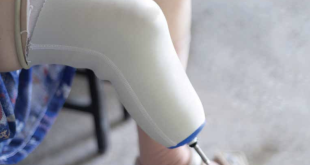A groundbreaking tool, poised to revolutionize traumatic brain injury (TBI) diagnosis, has just surfaced from the University of Birmingham in the UK. The rapid identification of TBI severity is of immense importance in the critical first 60 minutes following a head injury—known as the “golden hour”. However, symptoms often manifest hours or days after the trauma, hindering swift diagnosis, particularly in the absence of CT or MRI scans at the accident site.
This innovative device uses a laser and a smartphone camera to assess the health of the eye’s optic nerve and neuroretina. These areas are particularly vulnerable to TBI, and their damage can be indicative of brain injury. EyeD’s operation involves an LED flash directed through a laser-amplified beam, revealing the eye’s biomarkers refracted by the spectrometer. This data is processed through a neural network program, enabling rapid TBI classification.
Initial tests on artificial and postmortem pig eye tissue confirmed EyeD’s precision in aligning and focusing on the eye. With the proof of concept now at hand researchers now aim to advance to clinical feasibility studies and real human trials. EyeD’s potential deployment with emergency responders holds promise for drastically reducing TBI diagnosis delays, marking a pivotal stride in saving lives during the critical “golden hour” following head trauma.
 Medicosnext
Medicosnext




